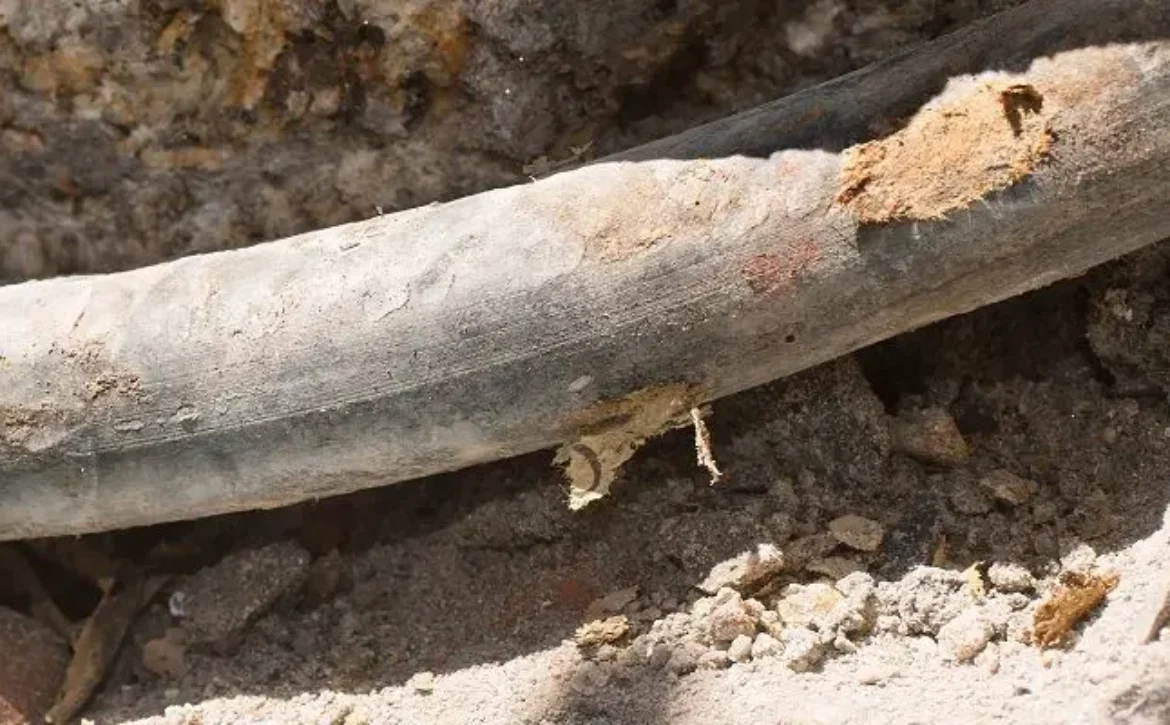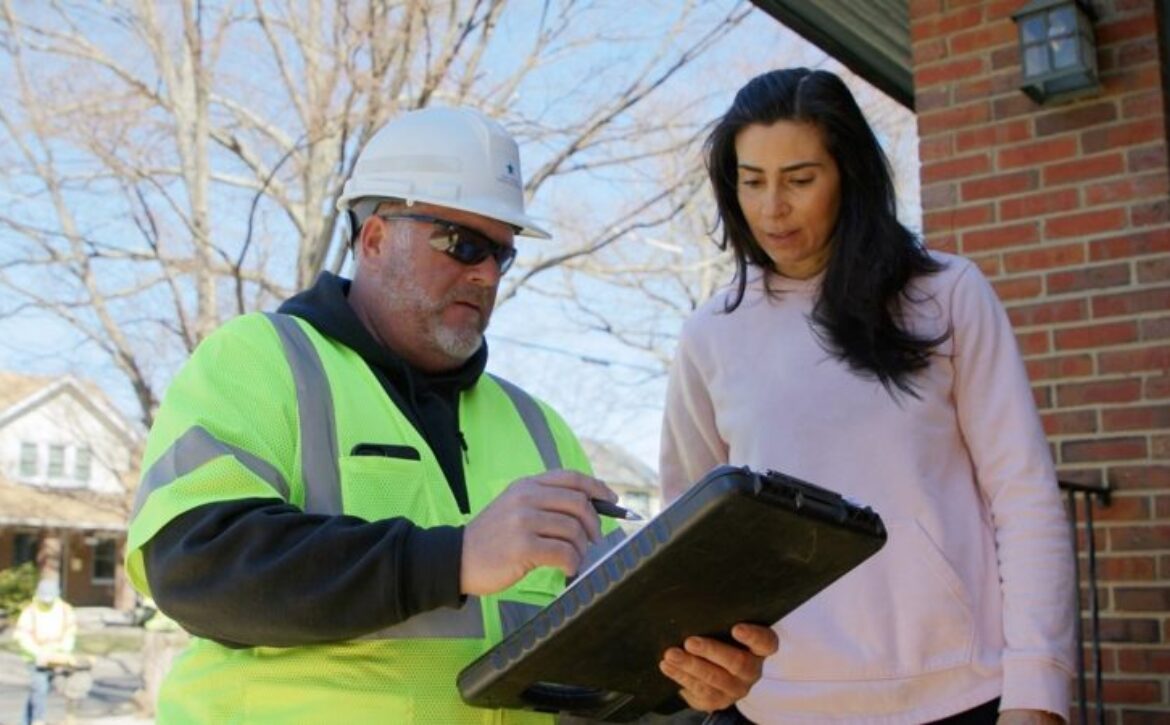Automatic Enrollment Isn’t New—It’s Time to Apply It to Lead Pipe Replacement
Automatic enrollment has proven effective in utility upgrades like AMI—and applying the same model to lead service line replacement could streamline access, boost participation, and speed up progress.




